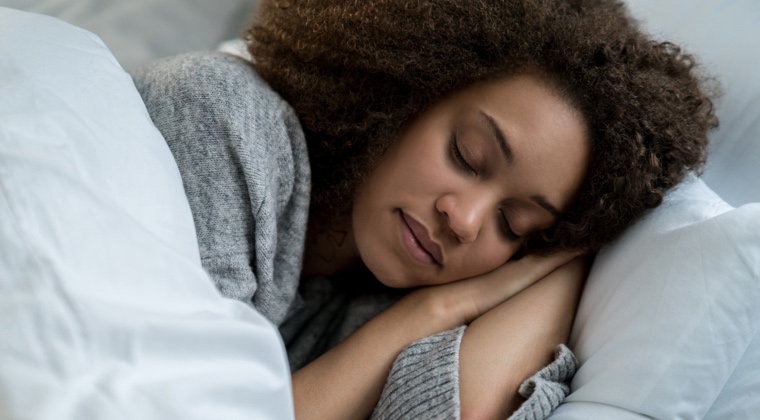Acupressure
What is acupressure?
Acupressure is a technique derived from Traditional Chinese Medicine (TCM). In TCM there are channels called meridians that run along the body through which chi or energy flows. Along these meridians are points called acupoints. By stimulating these acupoints various illness and symptoms can be treated. Different methods are used to stimulate acupoints. In acupressure, physical pressure is applied to acupoints by fingers, thumbs, elbow, or with various devices to treat disease. Self-acupressure is when a person applies pressure in a circular fashion to an acupoint on themselves. Different acupoints are stimulated depending on what symptoms are being treated. Acupressure can also be personalized to match unique symptoms and characteristics of the person being treated.
How Does it Work?
How does acupressure work?
While acupressure has been practiced for thousands of years, Western scientists only started conducting acupressure studies over the past decade. Acupressure has been used historically to treat numerous medical conditions, and recent studies have shown that acupressure can be a useful chronic pain management strategy by reducing stress and anxiety, decreasing pain, improving sleep, and reducing fatigue.
While we currently don’t know how pressing on specific acupoints on the body helps improves symptoms such as chronic pain, it appears that it leads to changes in hormones and changes in the brain associated with pain. Acupressure has been found to change levels of chemical messengers in the brain, called neurotransmitters, which when too high or too low can be responsible for causing symptoms such as chronic pain. Acupressure can also decrease stress hormones in the body. Decreasing these stress hormones helps to decrease anxiety, improve mood and promote better sleep. Right now studies are unsure if all acupoints cause the same effects in the brain and body. Instead, the ways in which acupressure works likely depend upon which acupoints are being stimulated.
Getting Started
How to get started with self-acupressure?
The first step in performing self-acupressure is knowing which acupoints to stimulate. Research conducted at the University of Michigan has found that a set of acupoints called Stimulated Acupressure Points
Once you know where your acupoints are located, here is how to stimulate your acupoints:
• Stimulate each acupoint for 3 minutes with small circular motions • You can use the tip of your finger, thumb, device, or a pencil eraser to stimulate the acupoints • Use enough pressure to make the point feel warm, tingly or even achy, but don’t bruise yourself • Do not stop in the middle of stimulating an acupoint • Do the acupressure 1x daily for 6 weeks • Try to choose the same time each day to perform the acupressureWhat to expect
Sometime during the six weeks of treatment you should begin to feel less pain and improvement in other symptoms such as sleep or mood if these were also causing you problems. After you complete your six weeks of treatment you should be able to stop doing acupressure and continue to experience less pain and other issues. If your pain worsens, feel free to continue doing acupressure 1x daily. Some people like to do acupressure everyday while others use booster sessions of acupressure throughout the year, while others never need to do acupressure again. Different people have different reactions to acupressure – find what works for you.
Potential Risks
Acupressure is generally considered quite safe. Occasionally people can experience bruising at acupoint sites. If bruising occurs use less pressure stimulating the acupoints and also consider taking a few days off from doing your acupressure. If bruising persists, stop doing the acupressure – it may not be right for you.
Resources
You can find a licensed acupuncturist through the National Certification Commission for Acupuncture and Oriental Medicine (NCCAOM).
Website:https://www.nccaom.org/
Prepared by:
Suzanna M. Zick, N.D., M.P.H.
2.2020



